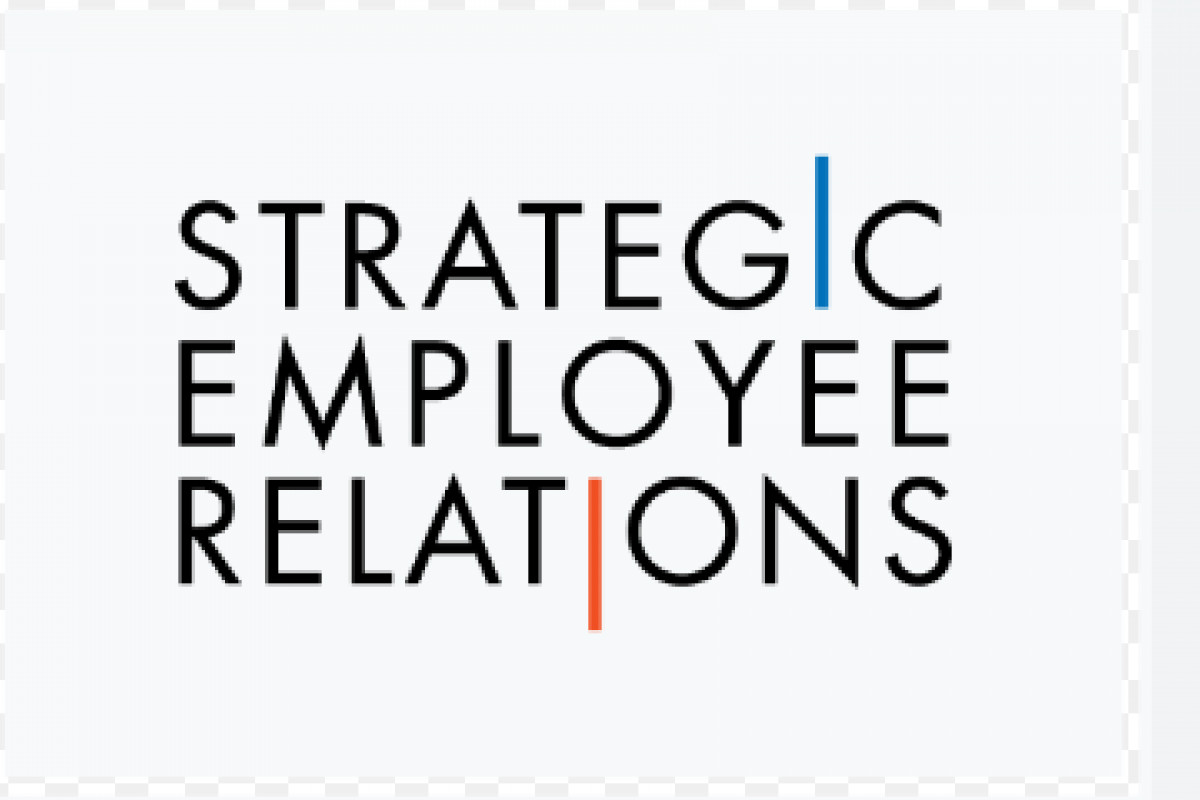Organizations that manage connections between employers and employees using a methodical and strategic approach are said to practice strategic employee relations. The objective is to increase employee satisfaction, cultivate a positive work environment, and eventually boost organizational performance.
Key Aspects of Employee Relations
• Communication: Open, honest, and transparent communication channels between management and employees are crucial. This includes regular updates, feedback mechanisms, and forums for dialogue.
• Employee Engagement: Strategies to involve employees in decision-making processes, ensuring they feel valued and part of the organization.
• Conflict Resolution: Mechanisms to address and resolve workplace conflicts effectively and fairly.
• Workplace Policies: Clear policies on various aspects of work, including attendance, behavior, performance expectations, and disciplinary actions.
• Compliance: Adhering to labor laws and regulations to protect employee rights and ensure fair treatment.
Strategies for Effective Employee Relations
• Leadership Development: Training managers to lead effectively and empathetically, fostering a positive relationship with their teams.
• Performance Management: Implementing fair and transparent performance appraisal systems that motivate employees and address performance issues constructively.
• Employee Recognition: Acknowledging and rewarding employees for their contributions and achievements.
• Work-Life Balance: Offering flexible working arrangements, wellness programs, and support for personal and professional development.
• Diversity and Inclusion: Promoting a diverse and inclusive workplace where all employees feel respected and valued.
Strategic Employee Relations Benefit an Organization
1. Improved Employee Engagement and Motivation
• Enhanced Commitment: Employees who feel valued and heard are more likely to be committed to their work and the organization.
• Increased Productivity: Engaged employees are generally more productive, as they are motivated to contribute to the organization's success.
2. Higher Employee Retention
• Reduced Turnover: Positive employee relations lead to higher job satisfaction, reducing the likelihood of employees leaving the organization.
• Cost Savings: Lower turnover means reduced costs associated with recruiting, hiring, and training new employees.
3. Enhanced Organizational Performance
• Aligned Goals: When employee relations strategies are aligned with organizational goals, employees are more likely to work towards common objectives, improving overall performance.
• Innovation and Creativity: A supportive and open work environment encourages employees to share ideas and innovate, driving the organization forward.
4. Better Conflict Resolution
• Timely Intervention: Proactive employee relations help identify and address conflicts early, preventing escalation and maintaining a harmonious workplace.
• Fair Treatment: Effective conflict resolution practices ensure that all employees feel fairly treated, which enhances trust and loyalty.
5. Positive Organizational Culture
• Trust and Respect: Strategic employee relations promote a culture of trust, respect, and collaboration, which boosts morale and teamwork.
• Employee Well-being: A positive culture that prioritizes employee well-being leads to happier and healthier employees, reducing absenteeism and increasing productivity.
6. Compliance and Risk Management
• Legal Compliance: Adhering to labor laws and regulations through strategic employee relations minimizes the risk of legal issues and penalties.
• Ethical Standards: Ensuring fair and ethical treatment of employees helps maintain the organization's reputation and integrity.
7. Effective Communication
• Transparency: Open and transparent communication channels keep employees informed about organizational changes, policies, and expectations, reducing uncertainty and rumors.
• Feedback Mechanisms: Regular feedback helps management understand employee concerns and address them promptly, fostering a sense of involvement and ownership.
8. Employee Development and Growth
• Training and Development: Investing in employee training and development ensures a skilled and competent workforce, ready to meet organizational challenges.
• Career Advancement: Opportunities for career growth and advancement motivate employees to perform better and stay longer with the organization.
9. Work-Life Balance
• Flexibility: Policies that promote work-life balance, such as flexible working hours and remote work options, help employees manage their personal and professional lives effectively.
• Employee Satisfaction: A balanced approach to work and life increases overall employee satisfaction and reduces stress.
10. Adaptability and Resilience
• Change Management: Strategic employee relations help organizations navigate changes smoothly by keeping employees informed and involved, reducing resistance and fostering adaptability.
• Resilient Workforce: A supportive work environment builds a resilient workforce capable of handling challenges and bouncing back from setbacks.

